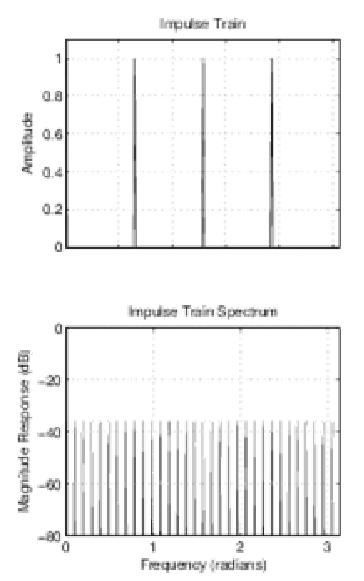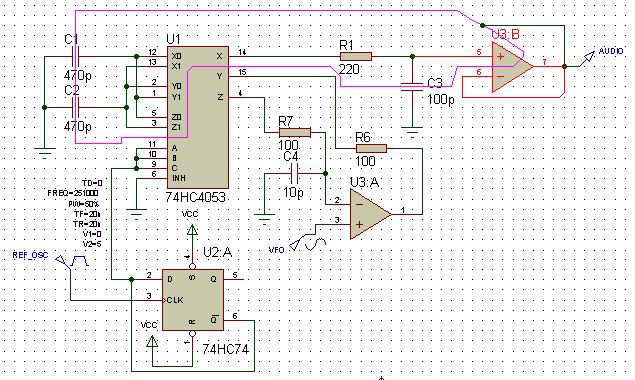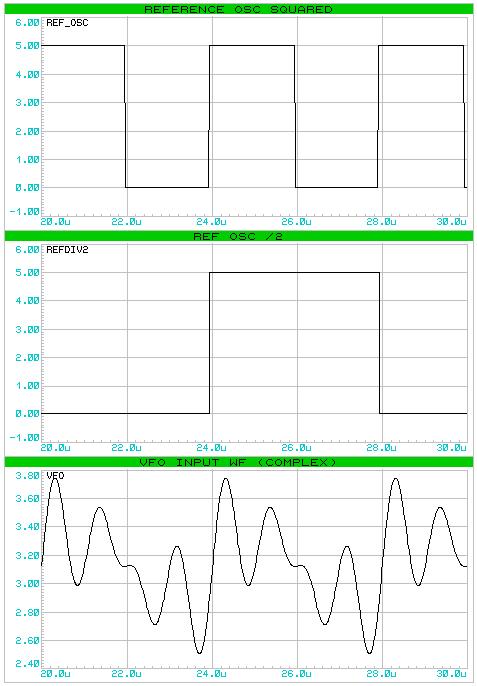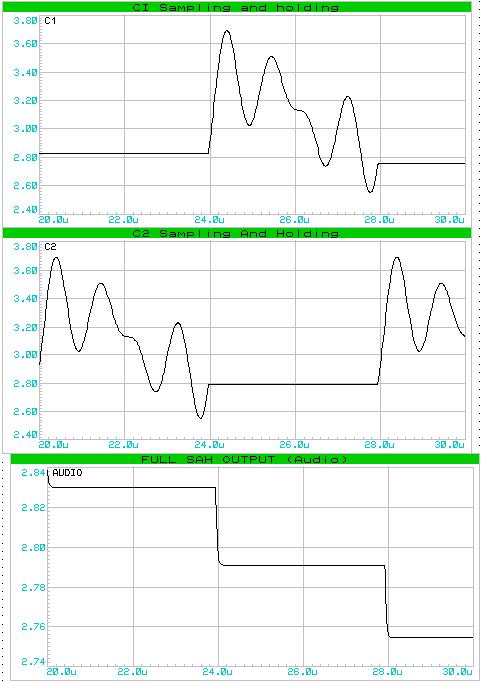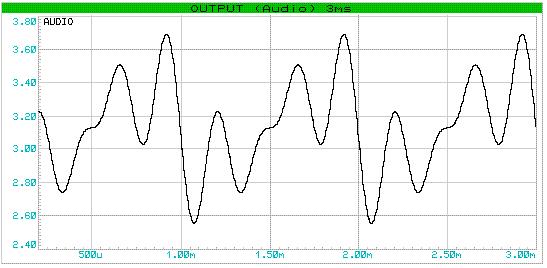I would have thought that, after my comments last time you distorted my words, you might refrain from doing so again! - Obviously I never made my annoyance at that dishonesty clear enough!
I NEVER SAID >> I have a design which uses a heterodyning ALU << I SAID >>Is like me saying "I have a design which uses a heterodyning ALU" <<
I would never bother wasting my time with heterodyning a ADC or (if possible, which I doubt) heterodyning a ALU..
What on earth is the point in having an ADC to do heterodyning for a digital system? All the disadvantages of having a fixed frequency digital "reference" (the ADC clock) with a VFO "heterodyning" with it! (major disadvantage being that the thermal drift from the VFO will not be compensated by similar thermal drift from an analogue reference oscillator)
- If you want to do things digitally, there are far simpler, cheaper and more reliable ways to get the VFO signal into the MCU / DSP to derive and process pitch data - See Dewsters Digital Theremin thread.
Just another needless layer of complexity when all you need to do is feed the VFO into the MCU / DSP, or if you do want to use "heterodyning" simply feed the reference clock into the CK input of a D Flip-Flop and the VFO into the D input of this FF, and get a clean tidy logic level square wave difference frequency out which you can process however you want.
Your "to reconcile a digital guy with analog girl" is quite funny - You are getting the worst of "analogue girl" and the worst of "digital guy" - You dont get a "true" analogue theremin waveform (the "analogue girl" needs an "analogue guy" - as in, one needs two analogue oscillators to get an analogue waveform which is the result of multiplying the oscillator waveforms and their harmonics .. and you also lose shaping which comes from the distortion of BOTH oscillators due to coupling).. and you gain no advantage in the digital implementation either.
Now - IF your ADC were able to grab a sample quickly enough, then whatever waveform appeared on the VFO input would appear, at the difference frequency, on the output...
But hey - thats what I did! - and I didnt need an ADC! - And I got slammed by you for producing a system far simpler and better than your half-baked idea! - And I published the idea in complete form, with full schematics and description and waveforms clearly and unambiguously in a way that anyone can follow and use and build! .. And I did this before anyone had ever even mentioned anything similar, let alone published anything similar!.. So go chew on your sour grapes!
- I can have analogue oscillators which couple to each other if I wanted, square up the reference oscillator to drive the sampling, and grab the synced (distorted) VFO waveform.. On the sample 'playback' compress the waveform to achieve the identical effect of two oscillators being heterodyned.. But I also have total control of the waveform simply by changing the VFO shape.. And I can use analogue oscillators which track each other avoiding thermal drift problems, and produce whatever waveforms I want - "artificially" created, "naturally" created, or created by additive analogue synthesis...
And whats more, I have given ALL the data that is needed for ANY competent person to read and understand and use .. Its not just saying "I can do this - nah nah!" like some people here do >> "But there are ways..." << without disclosing those "ways".
I can supply high resolution pitch data which isnt subject to latency at low audio frequencies to any digital elements or pitch to voltage converters or whatever I choose.. Oooh - Sorry.. Havent disclosed that here for a long time.. But dont bother - Thierry declared that idea a waste of time so it must be a waste of time - even though I have a theremin pitch to voltage converter based on what I posted which can resolve frequencies down to 20Hz in under 7ms.
But Thierry and you and your kind have won! I aint going to post anything useful here any more - Its just not worth the bother.
"In general, there is nothing interesting here."
Your right! It would be interesting if I had not thought of sampling a theremins HF waveform to duplicate that waveform at the difference frequency based on the a sampling (reference oscillator) clock - But I did think of it! And I published it here! And I did this before anyone else anywhere else even mentioned the idea!
How DARE you first lambast what I presented as "nothing new" then present the same concept in an innefficient form and try to say that what you have presented is worthy of any note!
Fred.



